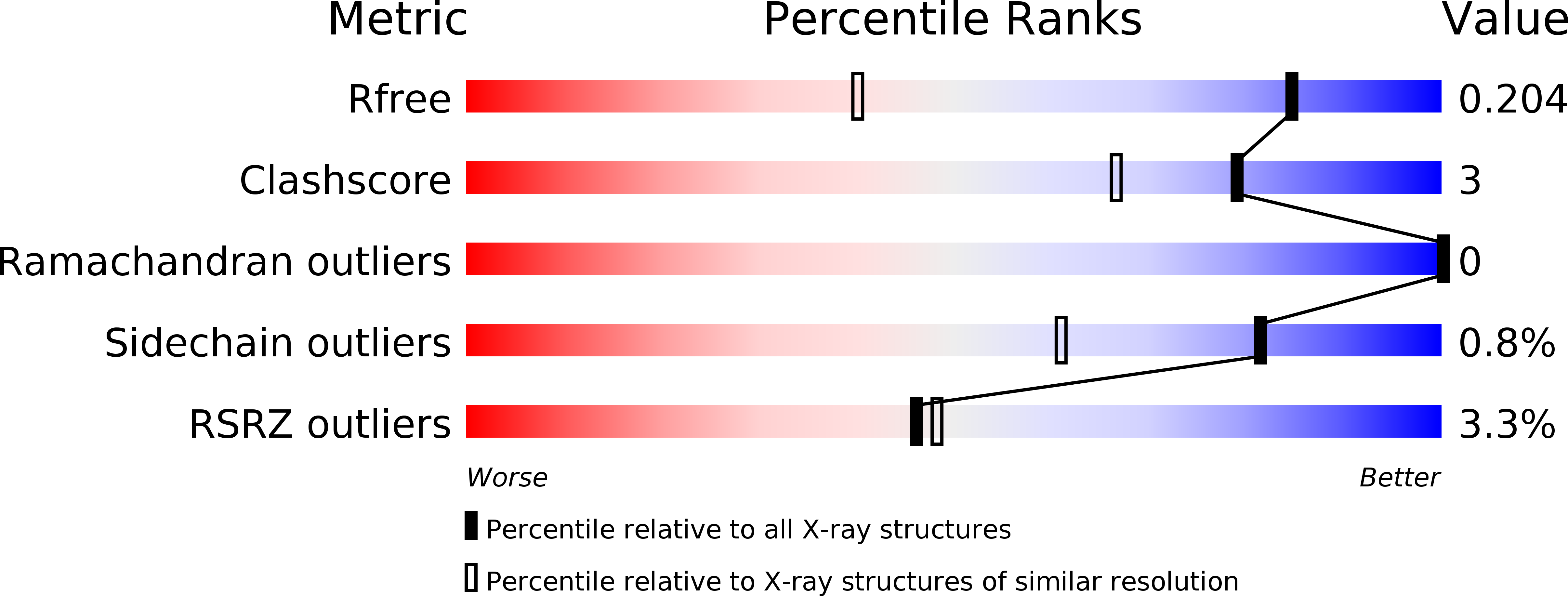
Deposition Date
2011-06-29
Release Date
2012-04-18
Last Version Date
2024-02-28
Entry Detail
PDB ID:
3SO6
Keywords:
Title:
Crystal structure of the LDL receptor tail in complex with autosomal recessive hypercholesterolemia PTB domain
Biological Source:
Source Organism:
Rattus norvegicus (Taxon ID: 10116)
Homo sapiens (Taxon ID: 9606)
Homo sapiens (Taxon ID: 9606)
Host Organism:
Method Details:
Experimental Method:
Resolution:
1.37 Å
R-Value Free:
0.20
R-Value Work:
0.15
R-Value Observed:
0.15
Space Group:
P 21 21 21


